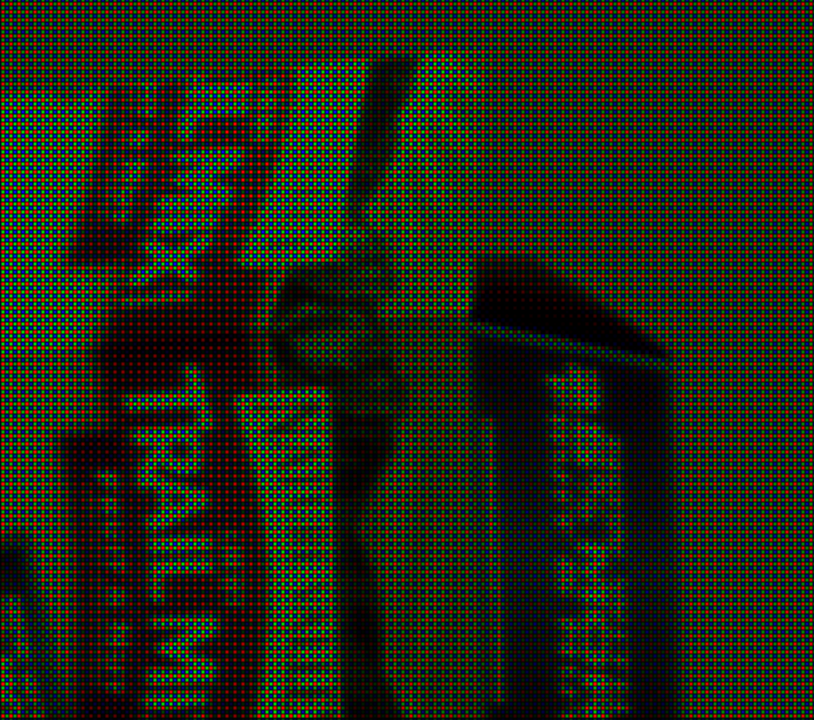- Posts: 339
- Joined: Fri Jan 25, 2013 8:47 pm
- Location: Walnut Creek, Ca
Dmitry Kitsov wrote:Did some more searching around. Could not find a single camera that has a single CMOS sensor that produces 4:4:4 files and has an actual 4:4:4 data, be it rgb or anything else, at a native resolution. All of the cameras that write actual 4:4:4 data do so from a larger then 1080p sensor into a file that has resolution of 1080p.
Yes, I understand that 4:4:4 refers to encoding. What I also understand that 4:4:4 encoding must be a direct result of available data. Otherwise it's just a scam by marketing departments.
CMOS sensors produce a raw analogue signal - which is then sometimes electronically amplified - which is then sent to a ADC - which is then sometimes digitally amplified - which is then stored as raw bayer pattern data or raw data based on however the sensor in question is able to capture an image.
To say a sensor in itself could produce a 4:4:4 file is to demonstrate a misunderstanding of terminology and technology.
When the raw bayer sensor data is debayered, the data is truly RGB data - which can then be encoded into a video file which can be described as having no chroma sub-sampling or in other words, 4:4:4.
Alternatvly, you can get Foveon X3 sensors - which happen to be able to read full RGB values per photosite before processing - can also then be saved as a video file which no chroma sub-sampling - or 4:4:4.
You are not being scammed by a marketing department, you just do not completely understand the process.








